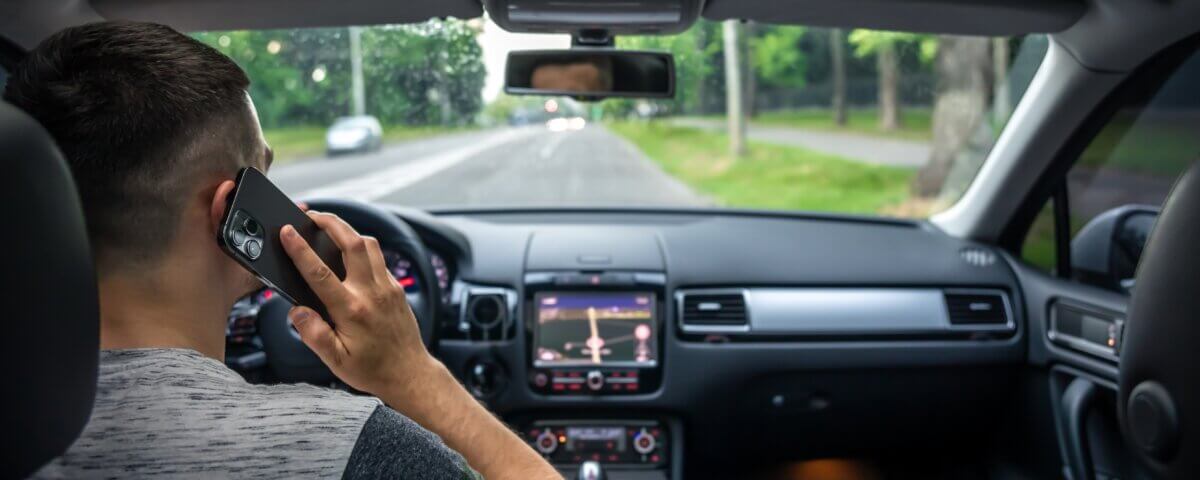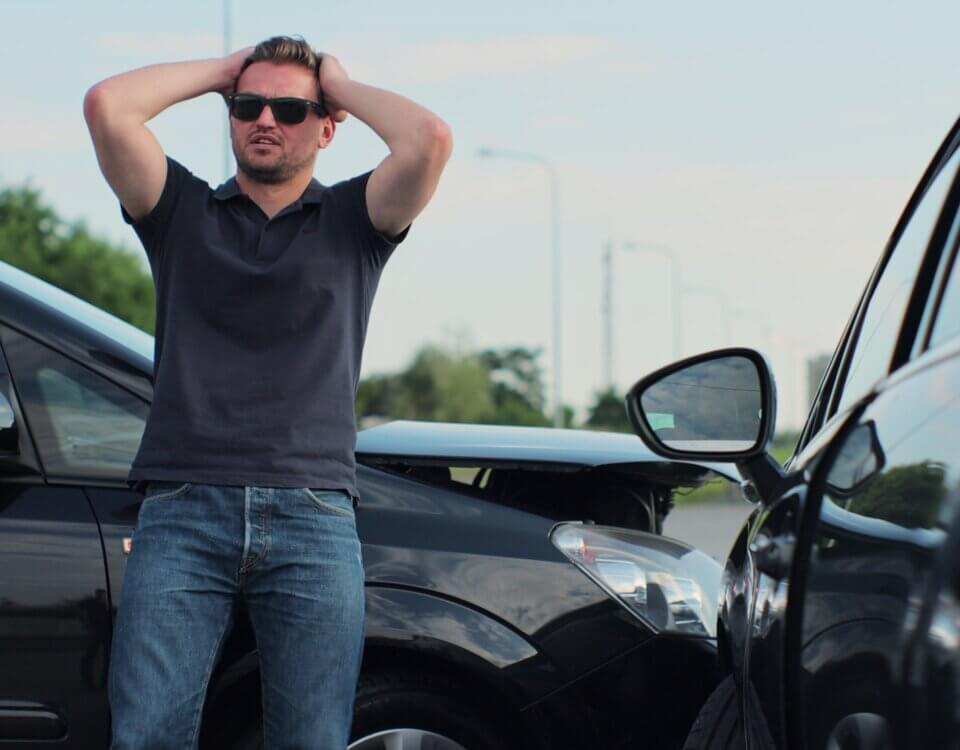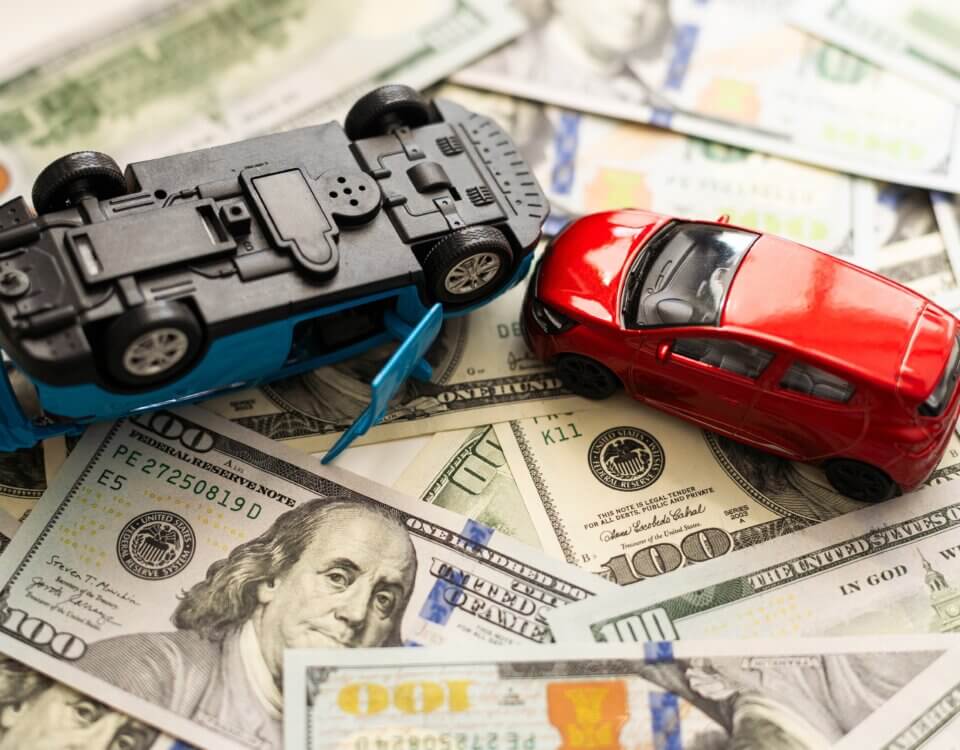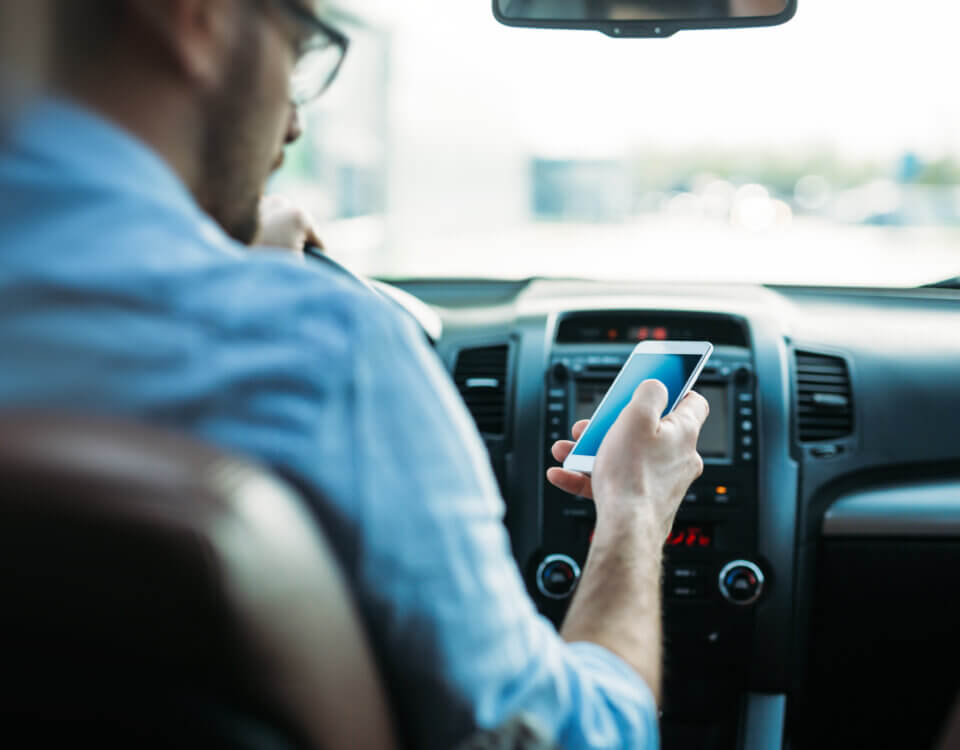Distracted driving is a leading cause of crashes across California, and local crash data highlights specific areas where the problem is especially severe. By understanding these hotspots and the factors behind them, drivers and communities can take steps to prevent accidents.
Why Distracted Driving Is So Dangerous
- Reduced Reaction Time: Even a moment’s inattention can lead to a rear-end collision or missed signal.
- Unpredictable Movements: Swerving or sudden braking can cause chain-reaction crashes.
- Greater Risk for Vulnerable Road Users: Pedestrians and cyclists are especially at risk.
Common Hotspots Identified by Local Reports
- Busy Urban Corridors: Roads like LA’s Wilshire Boulevard or San Diego’s El Cajon Boulevard see heavy traffic, frequent stops, and high crash rates.
- Near Schools and Campuses: Areas around high schools and colleges often combine high foot traffic with distracted teen drivers.
- Intersections with Long Wait Times: Drivers stuck at red lights may check their phones, then miss changes or react too slowly.
- Tourist Districts: Popular spots like Fisherman’s Wharf in San Francisco or Santa Monica Pier attract drivers unfamiliar with the roads.
Factors Contributing to Hotspots
- Smartphone Use: Texting or using navigation apps while driving.
- Congested Roads: Frustration or boredom can lead drivers to multitask.
- Complex Intersections: Multiple lanes, turns, and signals increase the chance of errors.
Steps Drivers Can Take
- Silence Notifications: Use “Do Not Disturb” or hands-free modes while driving.
- Plan Routes Before Starting: Set up navigation before leaving.
- Stay Engaged: Even at stoplights, keep your focus on traffic flow.
Community Solutions
- Public Awareness Campaigns: Highlighting the dangers of distracted driving through local media.
- Targeted Enforcement: Police patrols in known hotspots can deter risky behavior.
- Infrastructure Changes: Adjusting signal timing or simplifying intersections to reduce driver confusion.
Safer Roads Through Awareness
By understanding where and why distracted driving happens, Californians can change habits and advocate for safer streets. Community involvement and mindful driving are key to reducing crashes and protecting everyone on the road.
Note: These blog posts are created solely for the use of Hillstone Law. The information is gathered from internet research, publicly available sources, and artificial intelligence (AI) tools such as ChatGPT. While we aim to share helpful and educational content, Hillstone Law does not independently verify every detail. Some information may be incomplete, outdated, or subject to change without notice. If you believe any part of a post is inaccurate, misleading, or infringes upon copyright, please contact Hillstone Law immediately so we can review it and take appropriate action, including correction or removal.
Disclaimer: The material provided in these blogs is for general informational purposes only and should not be considered legal advice. Reading these posts does not create, and is not intended to create, an attorney-client relationship with Hillstone Law. Our intent is to share knowledge, raise awareness, and provide helpful resources to the public; however, Hillstone Law makes no warranties or guarantees about the accuracy, completeness, or reliability of the information provided, and expressly disclaims liability for any actions taken in reliance on it. The photos used in these posts are for illustrative purposes only and do not depict actual clients, individuals, or incidents unless expressly stated. If you or a loved one has been injured in an accident, please contact Hillstone Law at (855) 691-1691. Our attorneys are available to answer your legal questions and help you understand your rights.







